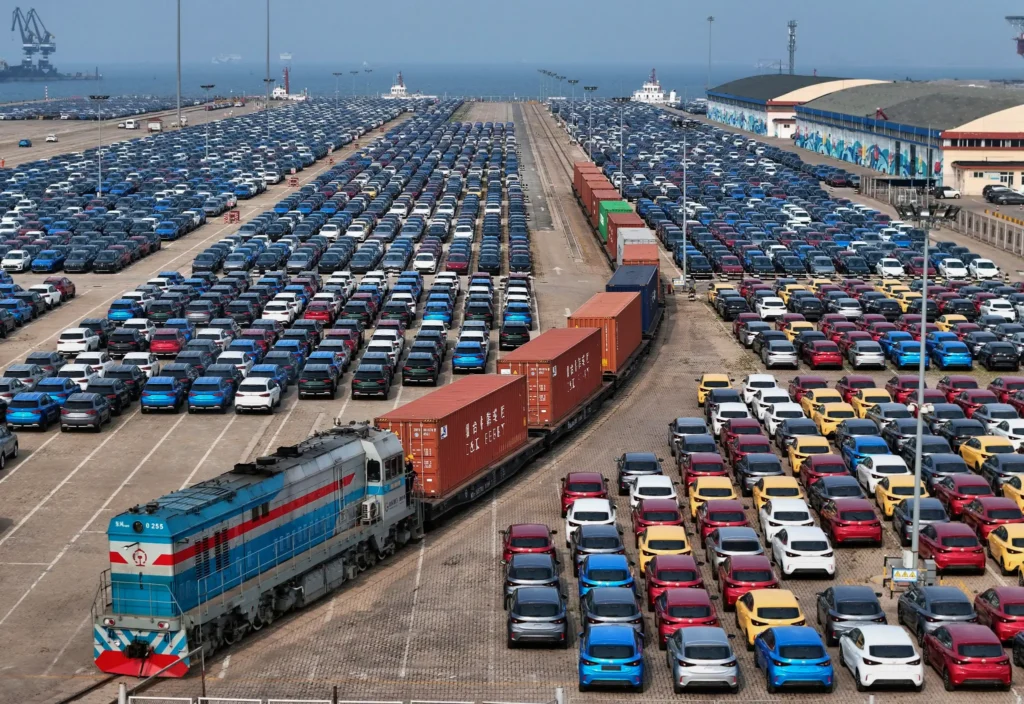GENEVA — The United States and China have reached a major trade agreement aimed at easing tensions in their long-running economic standoff, Trump administration officials confirmed Sunday following a weekend of intensive negotiations in Switzerland.

While the specific terms of the agreement have yet to be publicly disclosed, U.S. Trade Representative Jamieson Greer announced that full details will be released Monday. The pact, which was hammered out in Geneva with Chinese Vice Premier He Lifeng, marks a potential turning point in a trade war that has seen both nations impose steep tariffs on hundreds of billions of dollars in goods.
“The United States is currently facing a $1.2 trillion trade deficit,” Greer said during a press briefing. “President Trump responded by declaring a national economic emergency. We are confident that this deal, reached with our Chinese counterparts, is a meaningful step toward resolving that emergency.”
The breakthrough follows months of economic friction, during which the Trump administration escalated tariffs on Chinese imports to as high as 145%. In response, Beijing imposed retaliatory duties on American exports, fueling market uncertainty and straining diplomatic ties between the world’s two largest economies.
Greer was joined in the Geneva negotiations by Treasury Secretary Scott Bessent, who characterized the talks as “productive” and suggested that the final agreement will set the stage for a new phase in U.S.-China trade relations.
Chinese officials have not yet issued a formal statement on the deal, but sources familiar with the discussions say the agreement includes provisions to reduce tariffs incrementally, expand access to key markets, and establish new enforcement mechanisms to prevent trade imbalances.
President Donald Trump, who has repeatedly vowed to bring more favorable trade terms to American workers and businesses, is expected to tout the deal as a cornerstone achievement of his second term.
The announcement comes amid growing pressure from American industries impacted by the tariff war, particularly in agriculture, manufacturing, and technology sectors.
Though the full scope of the deal remains under wraps, analysts say Monday’s release of its terms will be closely watched for commitments on intellectual property protections, export controls, and the future of digital trade.


